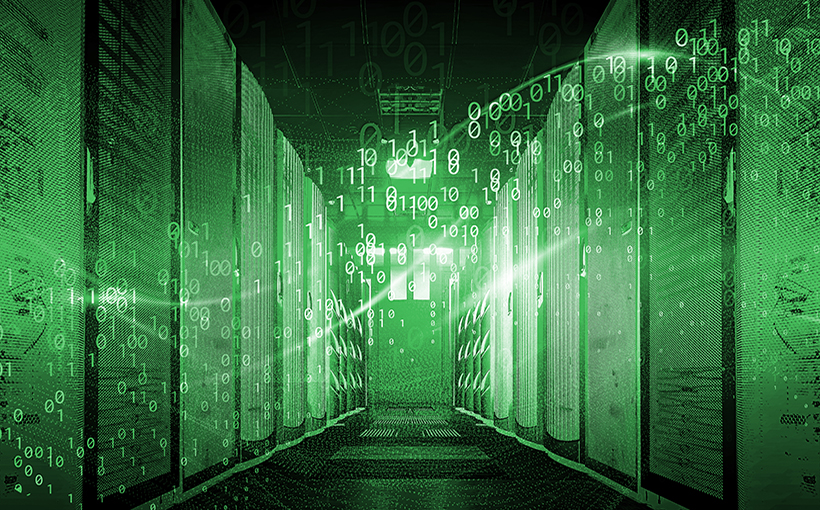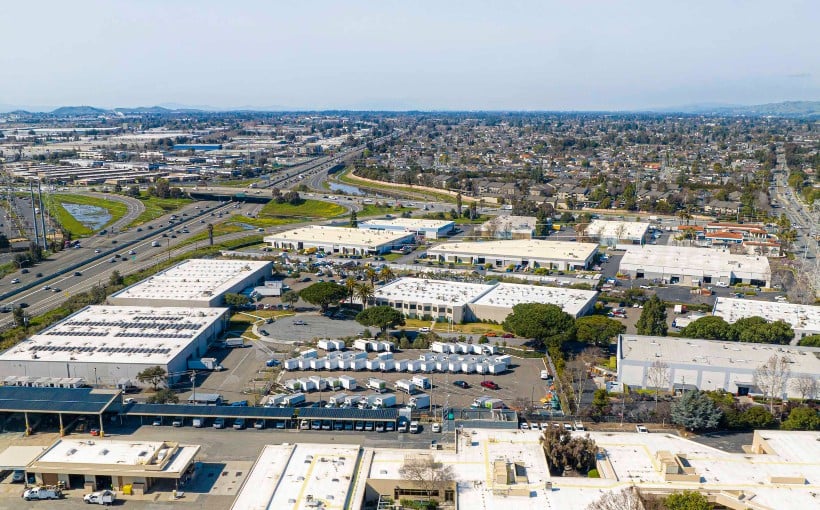Data centers are known for their high energy consumption and carbon emissions. To make them more sustainable, efforts have been made to measure their activities. However, a recent CBRE-published article outlined one challenge faced by U.S. data centers in transitioning to renewable energy power: outdated power lines that can cause delays in the planning and permitting processes for new transmission and distribution projects as well as supply chain bottlenecks related to this industry – with some upgrades taking up to three years according to Lawrence Berkeley National Laboratory’s research findings.
In Northern Virginia (the largest data center market), utilities provider Dominion Energy is supporting customers’ sustainability goals through its Integrated Resource Plan which includes over 5,000 MW of offshore wind, over 14,000 MW of solar and 2,700 MW of storage available by 2037; while Dallas-Fort Worth is leveraging Texas’ advanced wind & solar development capabilities (producing 26% of all US wind powered electricity) along with Senate Bill 1281 which paves the way for new transmission line products & ERCOT incentives aimed at improving power transmission/distribution quality standards; Silicon Valley Power has committed itself towards procuring only from renewable/greenhouse gas free sources by 2045 despite grid capacity maxing out in Santa Clara due it substation sites not being online until at least 2029; finally Central Washington’s Grant County is moving forward on plans for 230 kV infrastructure upgrades & a new 230 kV transmission line expected completion date late 2028 plus Grant PUD considering nuclear energy hydrogen solar plants etc., as forms of carbon free generation alongside additional wind farms .
Overall these regional markets are attempting various solutions towards solving the issue posed by outdated power infrastructure when striving towards making data centers more sustainable going forward




